Zoom Backgrounds
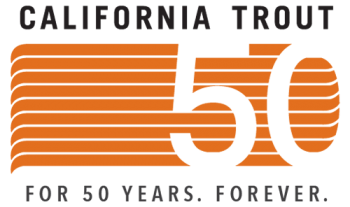 Celebrate CalTrout's 50th Anniversary with these high-resolution photos–exclusively sourced from the CalTrout media archives–perfectly sized as virtual background images.
Celebrate CalTrout's 50th Anniversary with these high-resolution photos–exclusively sourced from the CalTrout media archives–perfectly sized as virtual background images.
Your friends and colleagues will no doubt be inspired by your love for California's wild fisheries, and even wilder fishing fashion from decades gone by...
To download an image, first click on the thumbnail to view the high-res version. Then right/control click on the high-res image and select "save image as..."
To add a virtual background image to Zoom, follow these instructions.
- 5 Lakes Basin
- Burney Falls
- Catch and Release
- Catch and Release
- Convict Lake
- Nice Catch
- Klamath River
- Pickel Meadow
- Pickel Meadow
- Owens River
- Release
- Santa Clara Estuary
- Smith River
- Tule River
- Underwater Trout
- Vintage hot rods
- Gov Reagan signs the Wild and Scenic Rivers Act
- Caddis Hatch
- Fishing Season
- Golden Trout Wilderness
- Hat Creek Bridge
- Hat Creek Sign
- Owens River
- Owens River
- Lower McCloud Falls
- McCloud Falls
- Rainbow Trout
- McCloud River
- Mono Lake
- Mono Lake
- Mono Lake
- On the fly
- Owens River
- Smith River
- Upper Owens River
- All
- _proof
- 50th
- Action Alert
- Bay Area
- Bay Area
- Blue Ribbon Waters
- California Water
- CalTrout People
- CalTrout Promo
- Campaigns
- Central Valley
- Central Valley
- Dams
- Diversity Equity Inclusion
- Eel River
- Event
- Events
- Featured
- Featured Watersheds
- Field Notes
- Fly Fishing
- From CalTrout
- Fun
- Hat Creek Restoration Project
- Imperiled Native Trout
- Initiatives
- Integrate Wild Fish & Working Landscapes
- Integrate Wild Fish & Working Landscapes
- Integrate Wild Fish and Working Landscapes
- Invasive Species
- Job Postings
- Key Initiative
- Klamath River Restoration
- Legal & Policy
- Legislation
- Migration Matters
- Mount Shasta / Klamath
- Mt. Lassen
- Mt. Lassen
- Mt. Shasta/Klamath
- News
- North Coast
- North Coast
- Podcast
- Podcast
- Press Releases
- Protect The Best
- Protect the Best
- Protect The Best
- Protect The Best
- Reconnect Habitat
- Reconnect Habitat
- Reconnect Habitat
- Regions
- Restore Estuaries
- Restore Estuaries
- Restore Estuaries
- Science
- Science Into Action
- SCRSC
- Sierra Headwaters
- Sierra Headwaters
- SOS Report
- South Coast
- South Coast
- Steelhead & Salmon
- Steward Source Water Areas
- Steward Source Water Areas
- Streamkeeper's Blog
- Trout
- Uncategorized
- video
- Voices of the Watershed
- Water Talks
- Women of CalTrout
- Youth




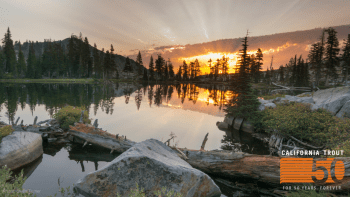



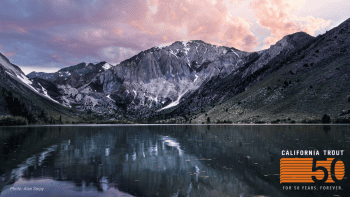


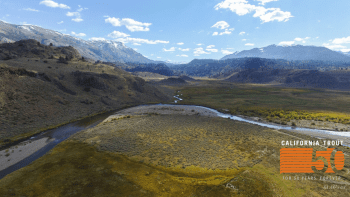
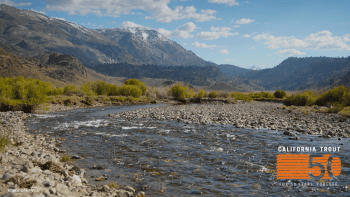










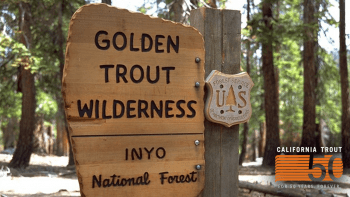

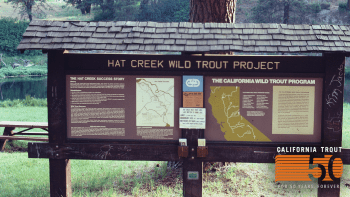
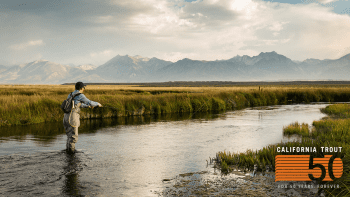



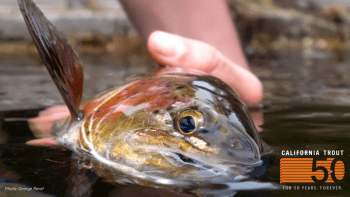


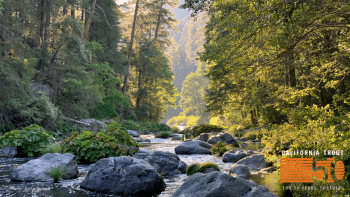
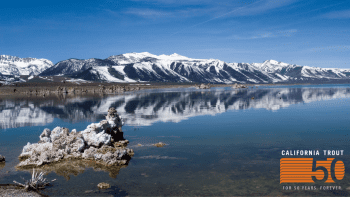


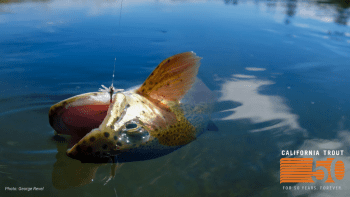

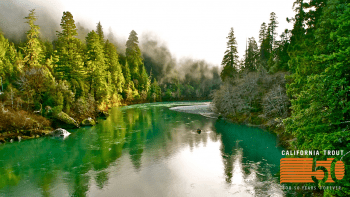

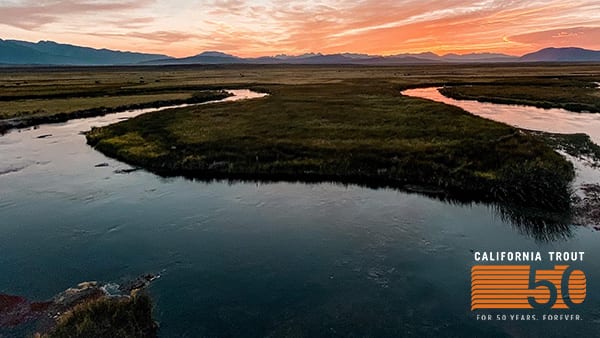
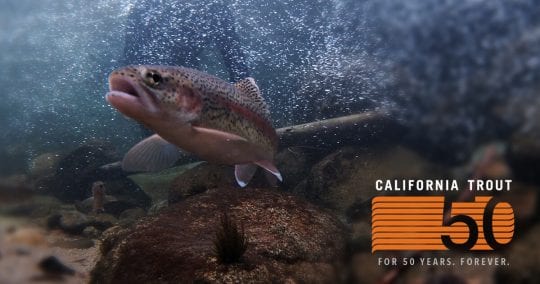
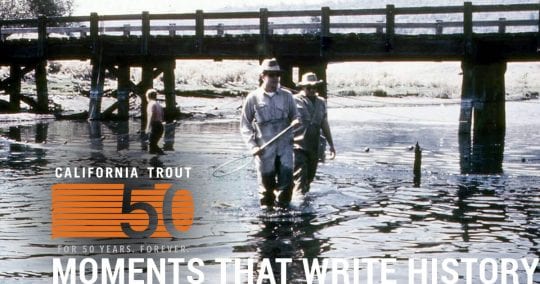
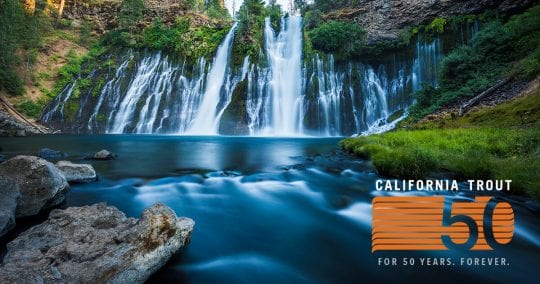
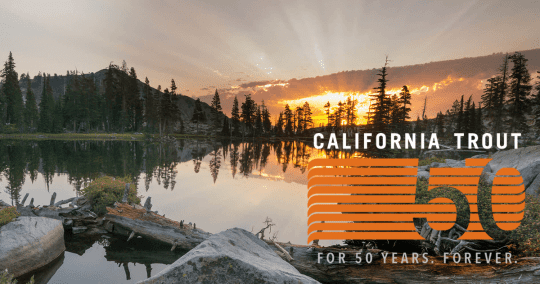

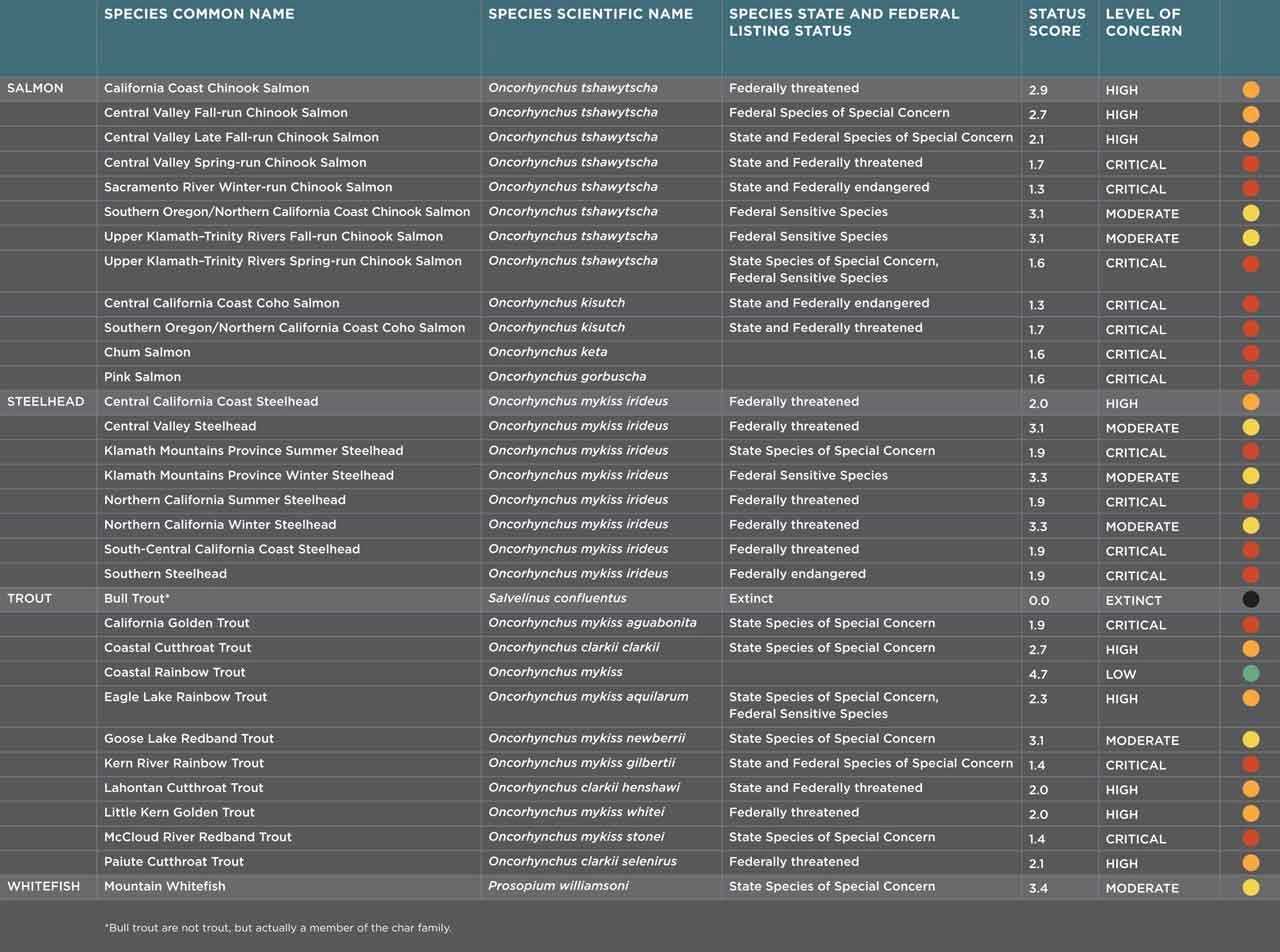












 Dams block access to historical spawning and rearing habitats. Downstream, dams alter the timing, frequency, duration, magnitude, and rate of change of flows decreasing habitat quality and survival.
Dams block access to historical spawning and rearing habitats. Downstream, dams alter the timing, frequency, duration, magnitude, and rate of change of flows decreasing habitat quality and survival.